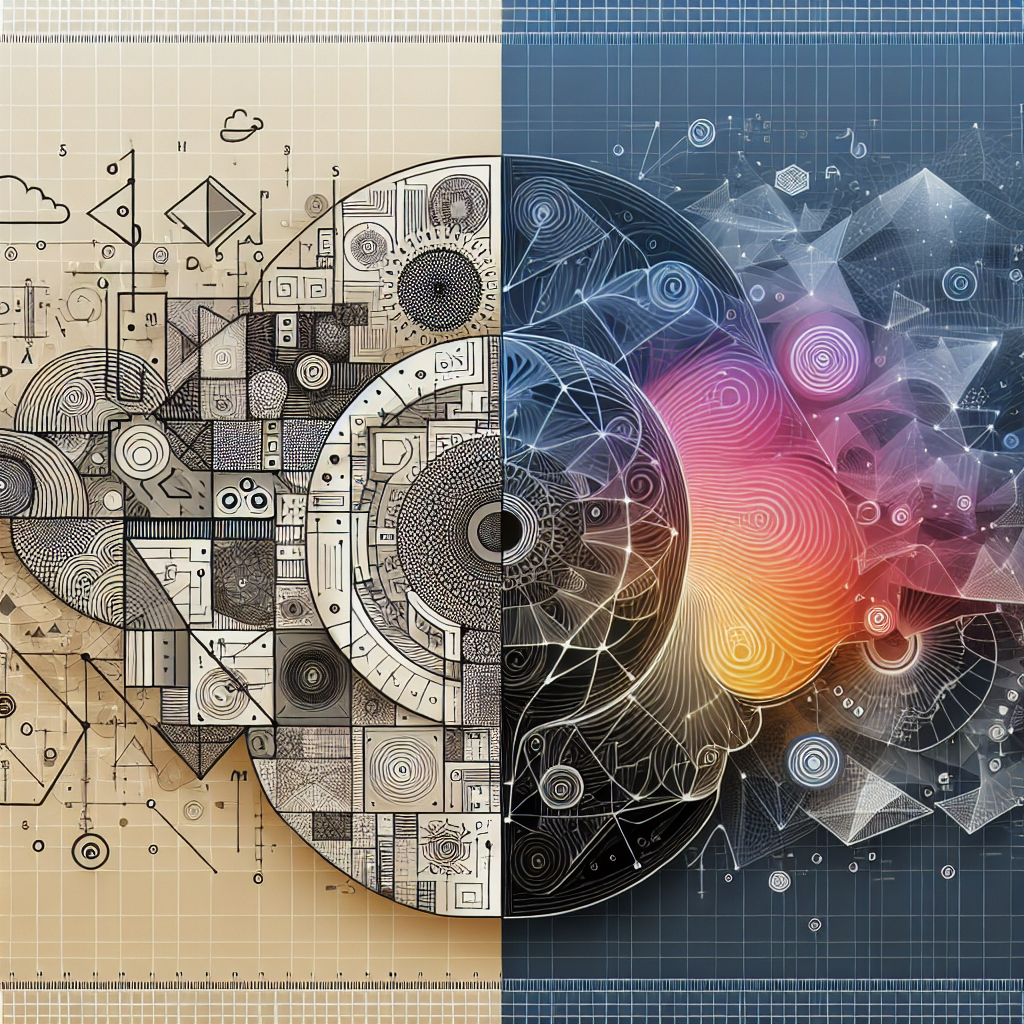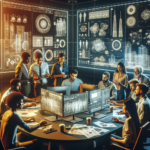Architectural visualization is a powerful tool that allows designers, clients, and the general public to see and understand the potential of a building or space before it is even constructed. It involves the creation of realistic images, animations, and virtual reality experiences that bring a project to life in a visually compelling way. However, the impact of architectural visualization goes beyond just its aesthetic appeal. It also plays a significant role in shaping our perception of a space and influencing our emotions and behavior.
One of the key aspects of architectural visualization is its ability to evoke emotional responses from viewers. Studies have shown that people have strong emotional connections to architectural spaces, and these emotions can be triggered by visual representations of those spaces. By using techniques such as lighting, texture, and composition, architects and designers can create visualizations that elicit specific emotional responses from viewers. For example, a warm, inviting rendering of a living room may evoke feelings of comfort and relaxation, while a sleek, modern visualization of a high-tech office space may evoke feelings of excitement and innovation.
Architectural visualization also plays a crucial role in shaping our perception of a space. By presenting a project in a realistic and detailed way, visualizations can help viewers understand the scale, proportions, and spatial relationships of a building or space. This can be particularly important for clients and stakeholders who may have difficulty visualizing a project based on traditional blueprints and drawings. Seeing a project in a vivid, immersive visualization can help them better understand and appreciate the design intent and make more informed decisions about the project.
Furthermore, architectural visualization can also influence our behavior and decision-making. Research has shown that visual stimuli have a significant impact on our cognitive processes and can shape our attitudes and motivations. By presenting a project in a compelling and visually engaging way, architectural visualizations can influence how people perceive and interact with a space. For example, a well-designed visualization of a retail store can attract customers and encourage them to explore the space, while a poorly executed visualization may deter customers and lead to negative perceptions of the brand.
In addition to its impact on emotions, perception, and behavior, architectural visualization also has psychological benefits for designers and architects. Visualizing a project in a realistic and detailed way can help designers better understand and communicate their design ideas, identify potential issues and challenges, and make informed design decisions. By creating visualizations that accurately represent their vision, designers can gain valuable feedback from clients and stakeholders, streamline the design process, and ultimately create more successful projects.
However, it is important to recognize that architectural visualization also has its limitations and potential pitfalls. Visualizations are inherently subjective and can be manipulated to create a desired effect or impression. This can lead to misinterpretations, misunderstandings, and unrealistic expectations among viewers. To mitigate these risks, designers and architects should strive to create visualizations that are accurate, transparent, and honest representations of their projects, and provide clear explanations and context to help viewers understand the design intent and constraints.
In conclusion, the psychology of architectural visualization is a complex and multifaceted phenomenon that has profound implications for how we perceive, experience, and interact with architectural spaces. By understanding the emotional, perceptual, and behavioral impacts of architectural visualization, designers and architects can create visualizations that not only showcase their design ideas but also engage viewers on a deeper, more meaningful level. Ultimately, architectural visualization has the potential to shape our perceptions of the built environment, inspire creativity and innovation, and enhance the overall quality of our built environment.




